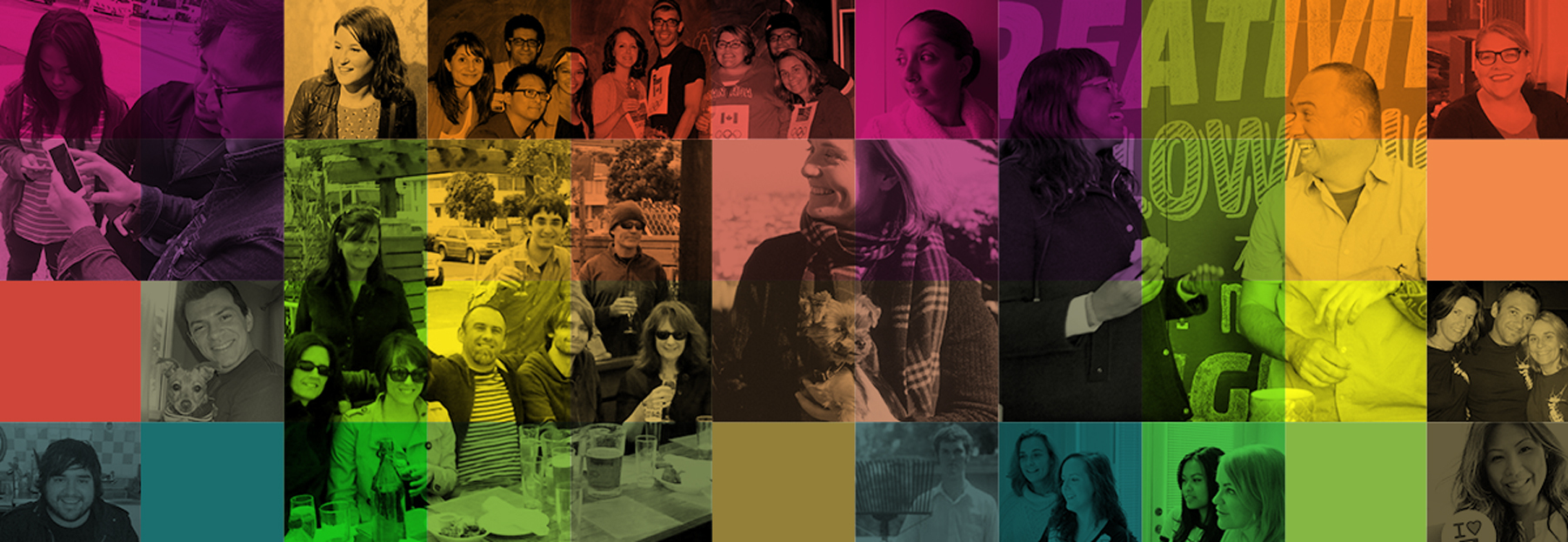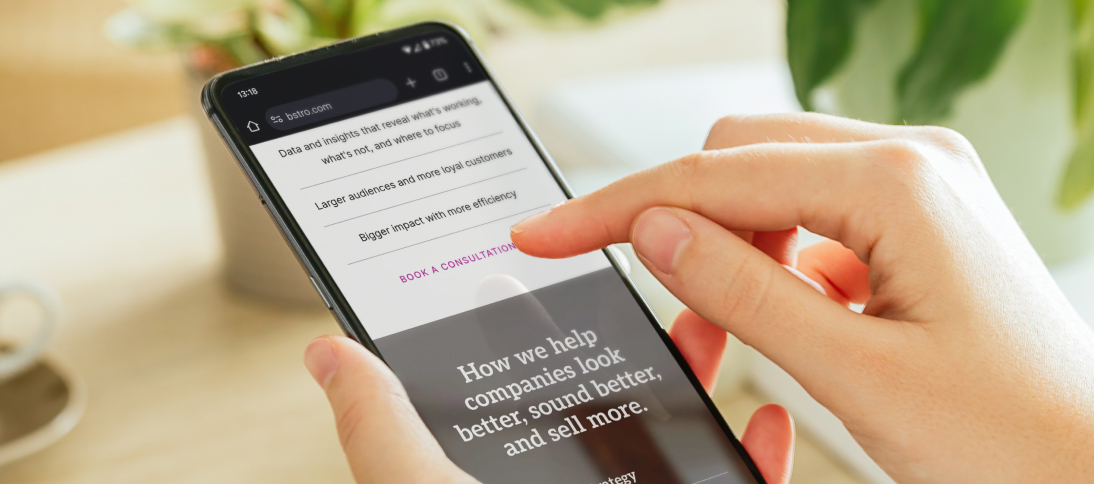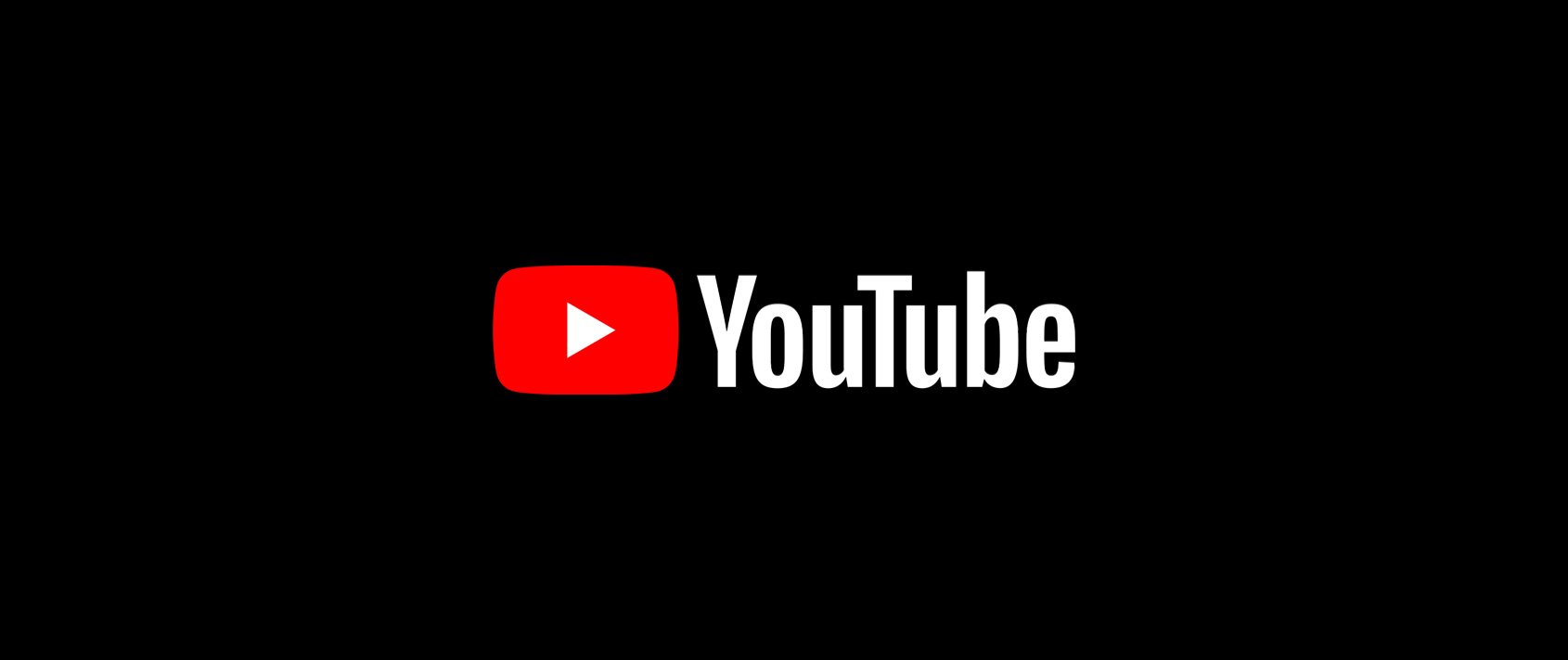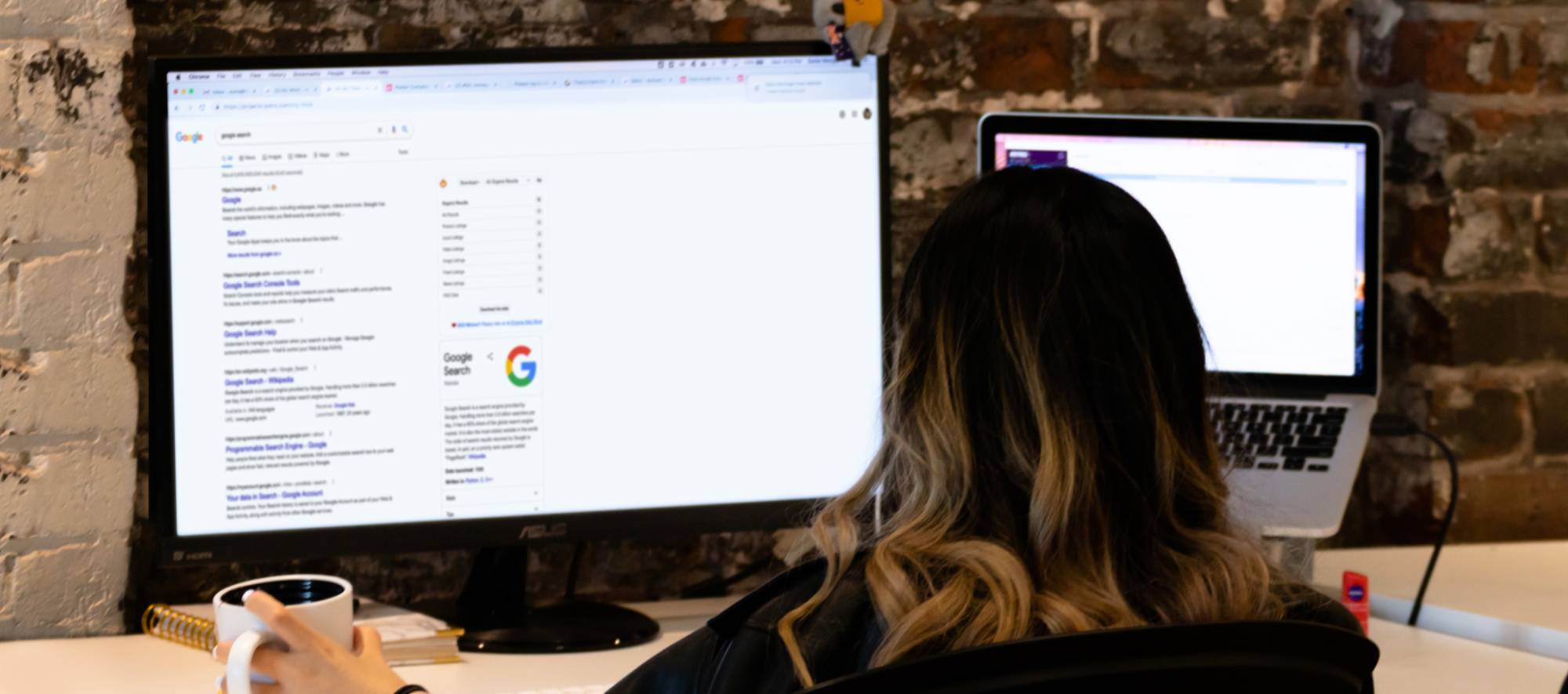I didn’t set out with a diversity mandate when I started BSTRO twenty years ago, but I did want to hire people who would approach things differently than I would, and who would challenge my thinking. I was confident in what I knew, but I already knew what I knew — I wanted to work with people who would push me to learn the things I didn’t know. Seeking people who were different from me was more practical than idealistic, but it led to a “diversity mandate” at BSTRO long before I realized that was a thing tech companies around the world would be talking about.
The first person to join the BSTRO team came to San Francisco from Ireland with a sharp wit, strong ambitions, and infectious energy. She recruited a designer who hailed from the Republic of Macedonia. Our next two hires were newly landed San Francisco residents from Brazil and Iran. With me from New Jersey, we were a team of 5 people born and raised in 5 completely different parts of the world.
That early experience — observing how a diverse team benefited our work, culture and business — still informs how we staff today. Read on for tips on making sure diversity is by design (as opposed to an afterthought) in your organization.
Look beyond the usual “cultural fit”
Hiring people you want to hang out with or who would add to your lunch crew might feel like a smart move for “building culture,” but it can limit you. Look beyond whether someone is a cultural fit — which implies assimilation — and seek out people who can contribute to your culture by bringing something you don’t currently have. Sharing a strong work ethic and can-do attitude is critical when you’re working late nights on pitches (the 1am rule), but a shared work ethic doesn’t mean you need a team with shared life experiences. Hiring people like you is comfortable, familiar, and usually easier to do. But a team that nods in agreement and can finish each other’s sentences rarely develops new ideas.
Diversity includes highly visible attributes like race, age, and gender; but it also covers more hidden differences in perspectives and skills. That’s why one of my favorite interview questions is “What are you going to teach me?” We don’t want to hire or promote people who think and act just like us. We want to encourage differences at every stage of our process, so we all keep learning and growing our business.
Diversity and inclusion provided me and the team a staggering number of opportunities to learn and grow from each other in ways I think would be almost impossible to replicate without it. Our discussions were richer and more interesting because we all had different perspectives and radically different life experiences. (Picture a conversation about life in our 20s that featured one person talking about a boarding school in Europe, another discussing life as a sniper in the army, another sharing the journey to obtaining political asylum, and another sharing thoughts about finding feminism underneath a burka.)
We weren’t all born in the same decade and didn’t share the same cultural norms, religions, design influences, pop culture references, sexual orientation, or humor (although we did seem to get funnier together). On projects and over lunch and coffee breaks, we challenged each other’s ideas, designs, copy, and strategies — in a respectful, “I never would have thought of it like that” way. We learned to open our eyes wider, listen harder, and really hear what the other was trying (and at times struggling) to communicate. If you’ve ever sat in a meeting only half-listening because you knew exactly where the person talking (who looked much like you) was going, nodding in agreement at key points — picture instead the exact opposite. We were ever-present, patient with each other, and on the edge of our seats to hear where the heck the conversation was going. We didn’t force shorthand communication, as that would have destroyed the flavor and outcome of our brainstorms.
Be open and patient
People long to be understood, to have others appreciate their jokes and their cultural references. Finding common ground can often take effort. Be patient when communication doesn’t feel natural, and can’t be done with a nod. Active listening and full engagement is work. But trust me on this: It is so worth it. What’s familiar and comfortable — people who went to the same school as you, or have the same style or upbringing — can be the easy answer. But if you want something new, go beyond the natural and the obvious.
As for our clients, they loved our unique energy. We worked hard and delivered standout creative solutions. We were often referred to as “the wildcard agency” in agency reviews because we were so far from traditional. We were independent, led by an out lesbian, and staffed with a team of wickedly bright creatives who made up for their lack of agency experience and university pedigrees with the passion to work in the field they loved. Taken together, it resulted in the ability to bring ideas that hit on universal truths and communicate visually to transcend language barriers. We weren’t “corporate guys in suits.” We won a lot.
As our team has continued to grow and become more eclectic over the years, so have our clients and assignments. The kind of work we’ve taken on has added to our diverse outlook — from print campaigns to product demos, and from diaper cream banner ads to groundbreaking PSAs about HIV. Every day has been different, and our clients and work have reflected our range of interests, skills, and specialties.
In a tech world that’s 80% male, we’ve always had a team that is at least 60% female, 20% LGBT, and 40% born outside of the US and Canada. And, for the past 3 years, half of our development team has been women.
Besides being the right thing to do, diversity is good business.
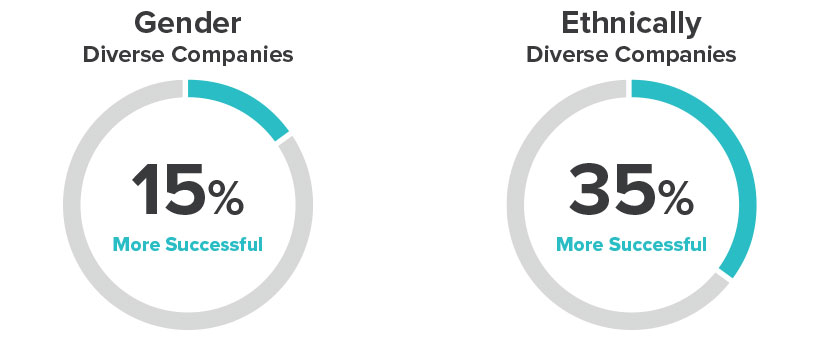
I can’t say exactly how diversity and inclusion have impacted our bottom line because there is no before-and-after measurement. But I can say that we’ve been here for twenty years. We now have offices in San Francisco, Vancouver, and NYC — and each year we’ve grown our revenue, services, and clients.
Just make it happen
If you want to increase your team’s diversity, just do it. Make a commitment to look beyond the usual candidate pool and take a chance on someone who isn’t like everyone else in your company. If those people aren’t applying for your jobs, expand your networks. Recruit outside the usual places and spaces. And show in every way that you can that your company is ready to give women, people of color and people of other cultures a seat at the table. As much as like attracts like, companies that showcase diverse employees will attract more qualified applicants that bring their uniqueness, and greater creativity, to your company.
At BSTRO, diversity is more than a mandate or problem to be fixed — it’s part of our DNA, which brings me tremendous pride. Diversity and inclusion are core tenets we use to support our goal of always trying to build a stronger, more interesting, more innovative, and strategic company. I am forever grateful that so many fabulously talented people, from so many different places, have chosen to spend a portion of their careers at BSTRO. We are better, I am better, because of you.
